Welcome to our comprehensive guide on establishing an effective communication protocol for subcontractors. In today's fast-paced project environment, clear communication is the backbone of successful collaboration. By implementing a structured approach, you can ensure that all parties are aligned, tasks are efficiently managed, and expectations are clearly set. Join us as we delve deeper into the best practices and essential steps to enhance your subcontractor communication strategy!

Clear Roles and Responsibilities
In a subcontractor communication protocol, clearly defined roles and responsibilities are essential for effective collaboration and project execution. Subcontractors, responsible for specific tasks, must understand their obligations, such as adhering to timelines defined in the original project plan, typically established during initial contract negotiations. Additionally, primary contractors oversee all project-related activities, ensuring cohesive interaction among various subcontractors, which might include electricians, plumbers, or carpenters, depending on the project's nature. Regular meetings, scheduled at least bi-weekly, serve to address issues and monitor progress, while escalation procedures must be in place for addressing significant concerns, such as safety violations or delays. All communications, including emails and status reports, should be documented to maintain a clear record of decision-making processes and responsibilities, thereby fostering accountability and transparency throughout the project's lifecycle.
Standardized Communication Channels
Establishing standardized communication channels is essential for seamless collaboration among subcontractors on construction projects. Utilizing dedicated platforms such as Microsoft Teams for real-time messaging and video conferencing facilitates immediate problem-solving and decision-making. Weekly status updates through email ensure that all subcontractors remain informed about project milestones and deadlines, typically set at 10 AM every Monday. Document management systems like Dropbox enable efficient sharing of blueprints and project specifications, maintaining version control and preventing discrepancies. Regular site meetings at the construction location, ideally every Friday at 2 PM, allow for face-to-face discussions regarding ongoing challenges and upcoming tasks, reinforcing accountability. Emphasizing these communication protocols fosters transparency and enhances project coordination among various subcontractors.
Timely Updates and Reporting
Clear communication is vital for successful collaboration between contractors and subcontractors in construction projects. Timely updates (weekly or bi-weekly) about project progress, challenges, and milestones are essential to keep all parties informed. Specific reporting formats (such as spreadsheets or platform-specific templates) should be utilized to standardize information sharing. Important geographical locations (project sites) must be referenced to ensure accurate discussion regarding logistics and resources. Key performance indicators (KPIs) should be established to gauge subcontractor performance, such as adherence to deadlines (typically within a specified timeframe) and quality of materials used (certification standards). Regular meetings (monthly) should occur to review progress and address concerns, fostering transparency and accountability among all stakeholders involved.
Confidentiality and Data Protection
A comprehensive subcontractor communication protocol ensures effective management of confidentiality and data protection standards. This protocol outlines key procedures governing the sharing of sensitive project information between the primary contractor and subcontractors, particularly in sectors such as construction or information technology. Adherence to regulations, like the General Data Protection Regulation (GDPR) established in the European Union in May 2018, mandates that all parties understand and comply with data handling practices. Each subcontractor must implement security measures, such as encryption for data transfer and secure access controls to safeguard proprietary information. Records of communication should be maintained to track the dissemination of confidential information, with regular audits to verify compliance. Additionally, the protocol emphasizes the importance of training subcontractor personnel on confidentiality obligations, ensuring familiarity with contractual agreements that outline penalties for data breaches, which can include fines or termination of contracts. This framework will foster trust and collaboration while protecting the interests of all involved parties.
Conflict Resolution Procedures
Effective subcontractor communication protocols are essential for addressing conflicts in construction projects. These procedures should establish a clear chain of command and delineate responsibilities among project managers, subcontractors, and general contractors. Upon detection of a conflict, such as delays or budget discrepancies, immediate notification must occur, typically within 24 hours. The initial resolution step involves a direct discussion among involved parties at the project site or via a virtual meeting platform, documenting key points in written format. If unresolved, the issue escalates to a formal meeting, including key stakeholders and adhering to an agenda. Should further action be required, mediation services may be sought. Record keeping of all communications, resolutions, and follow-ups is necessary for accountability and future reference. These protocols ensure timely responses, promote collaboration, and minimize project disruptions.

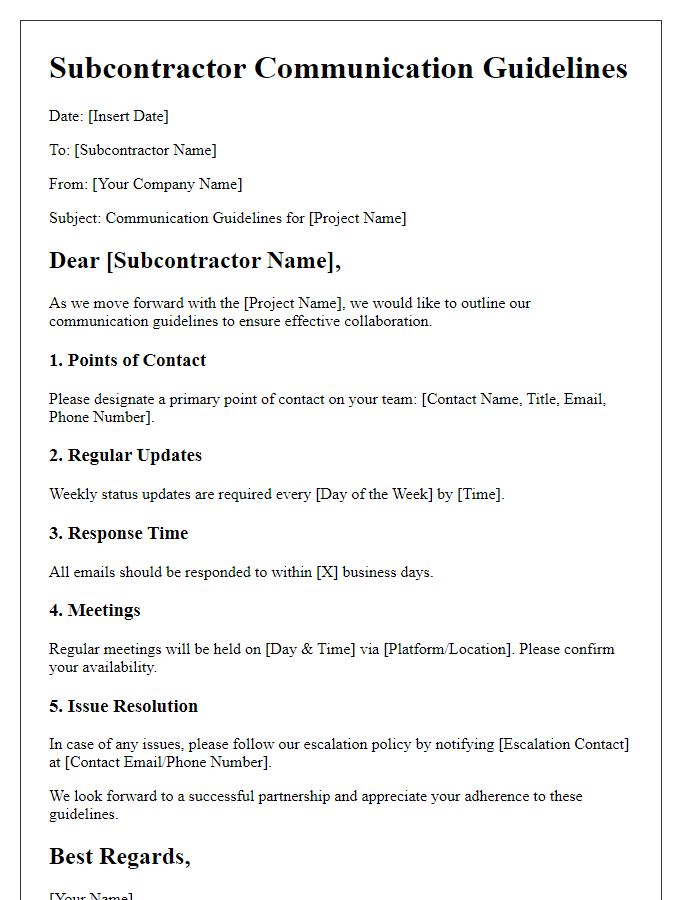
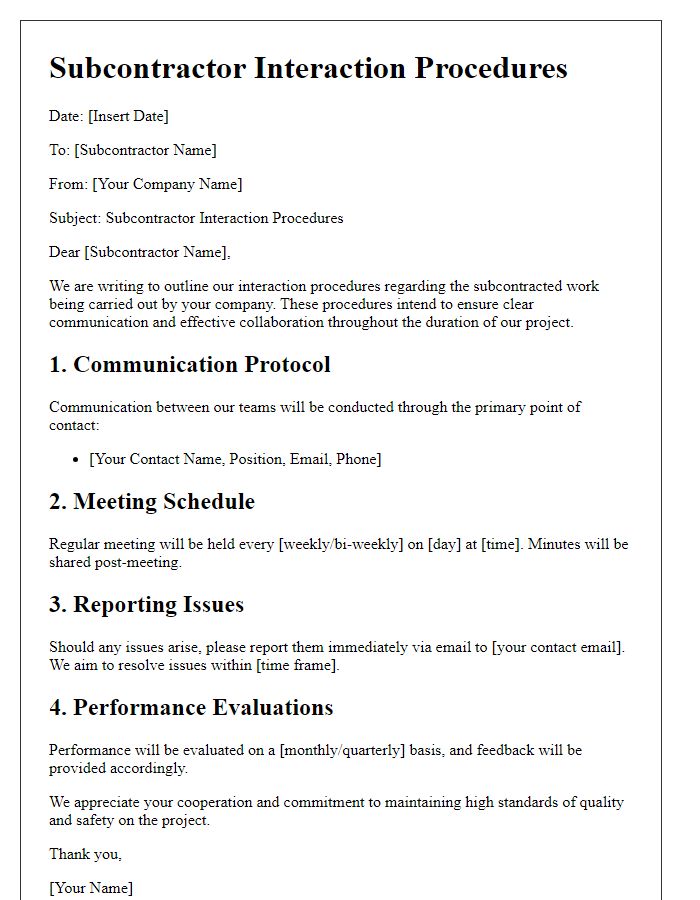
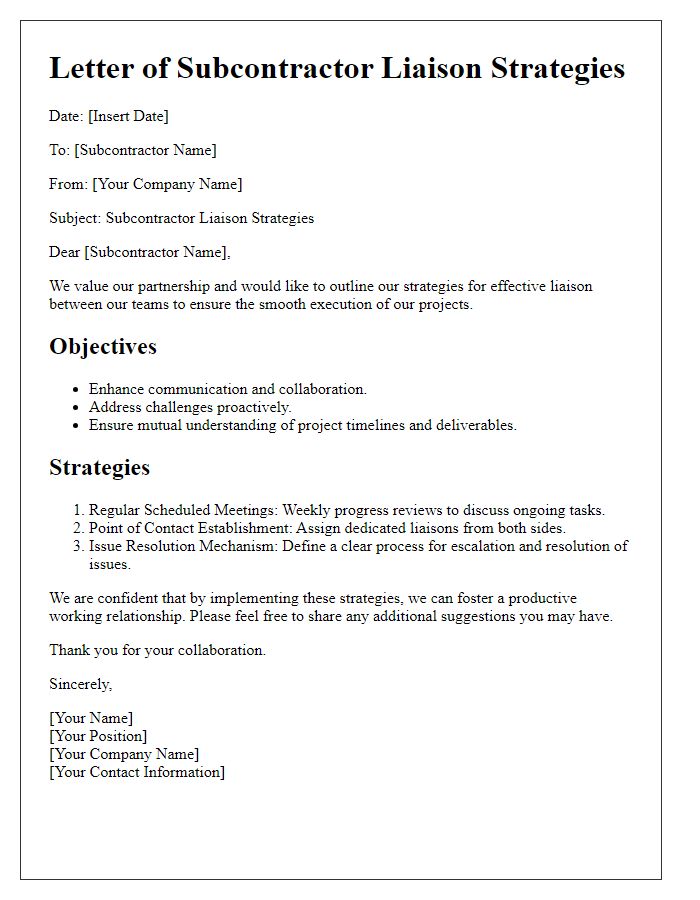
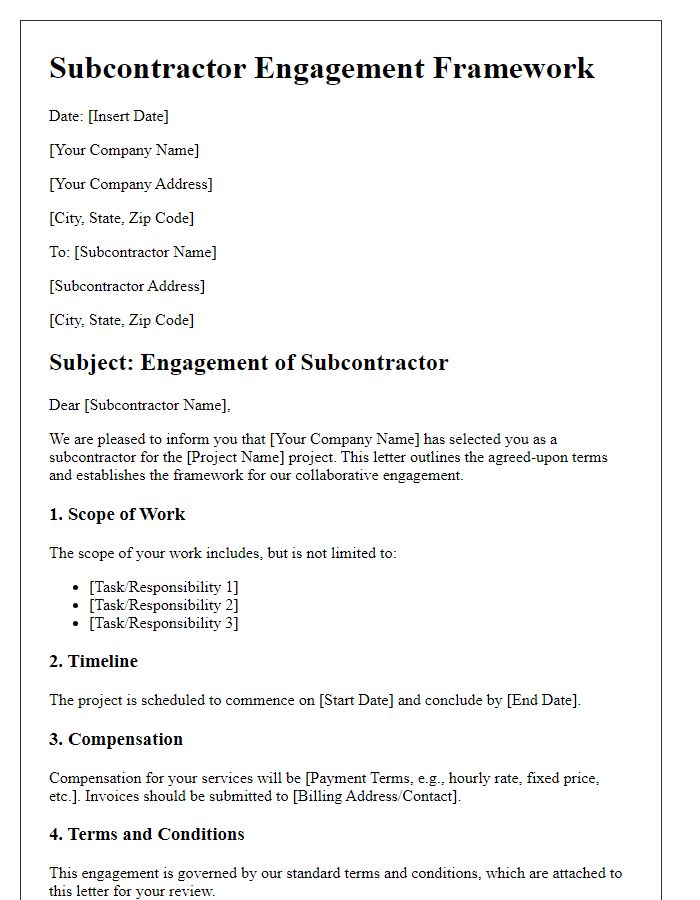
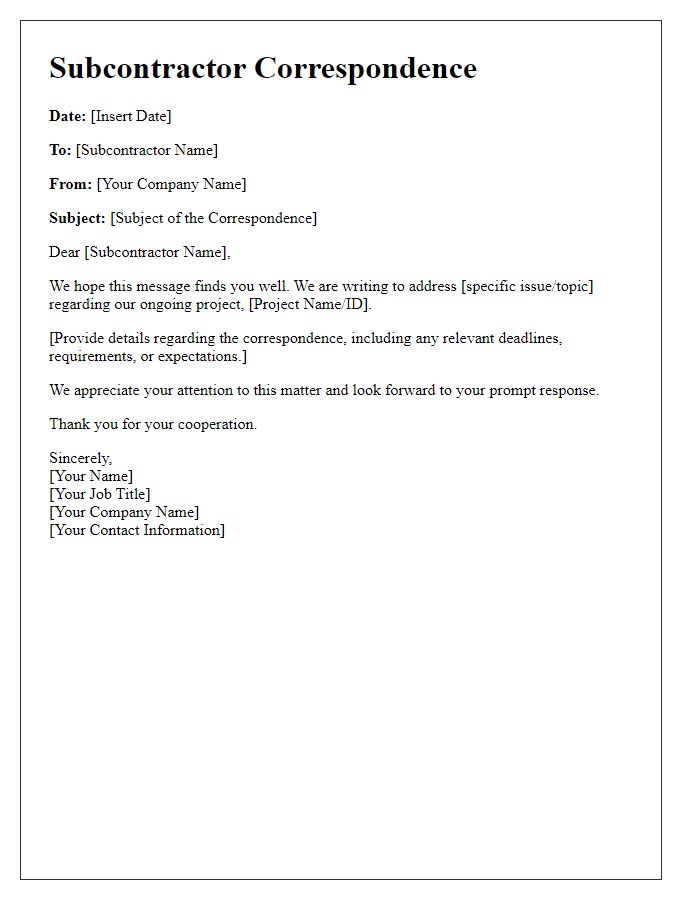
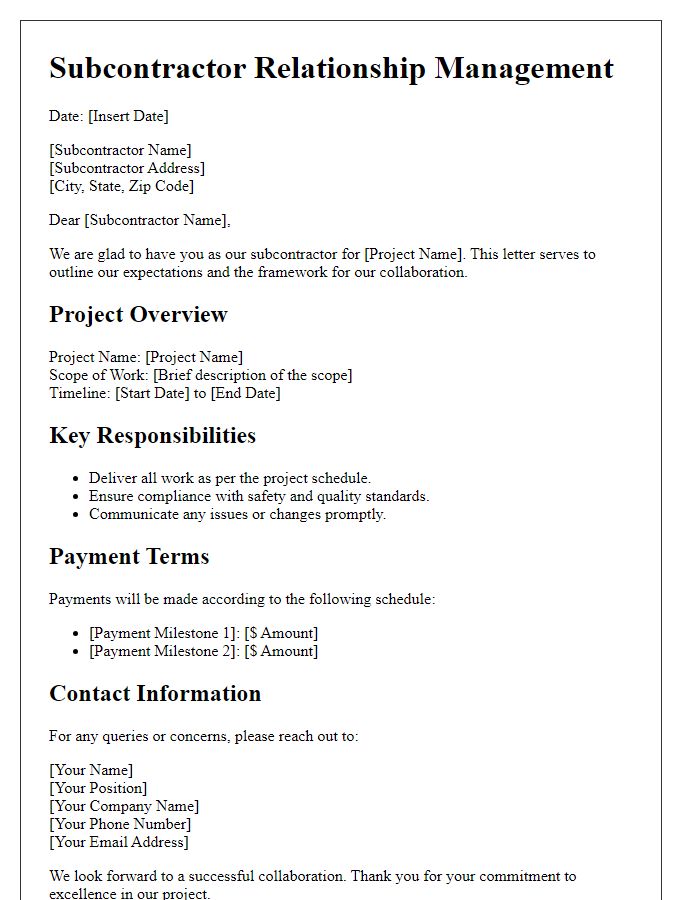
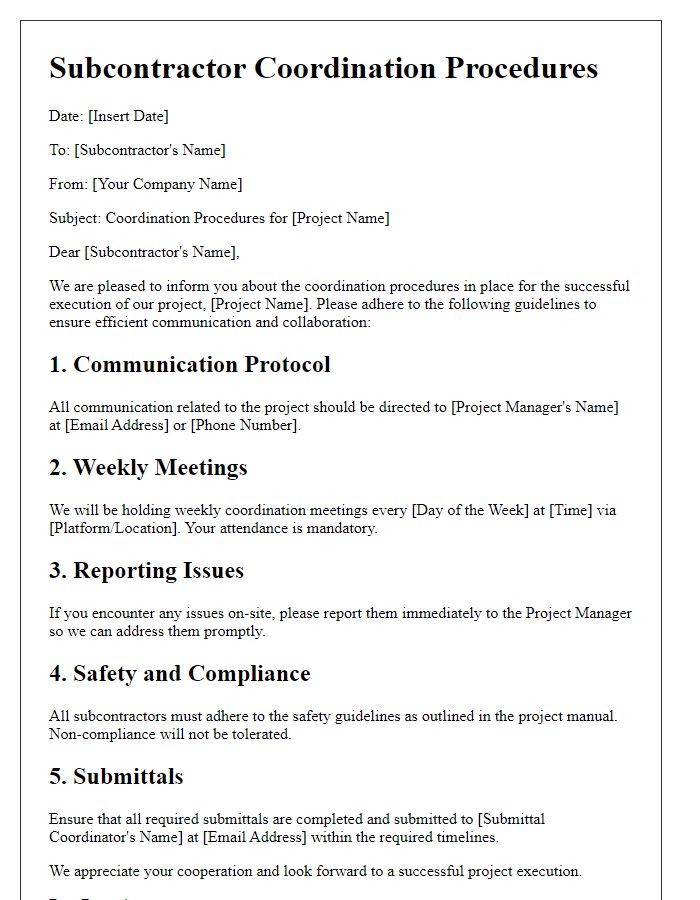
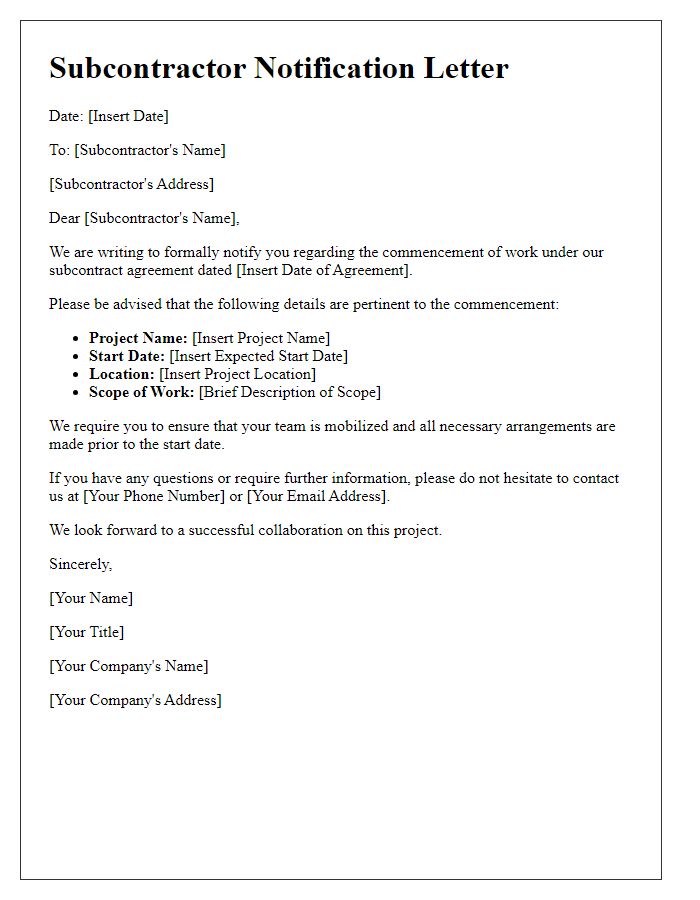
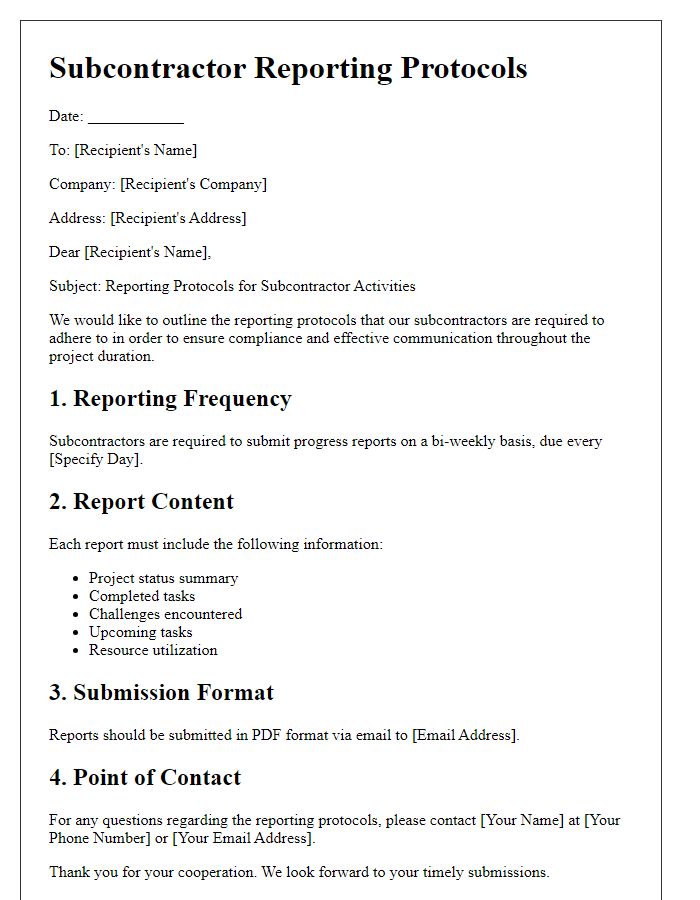
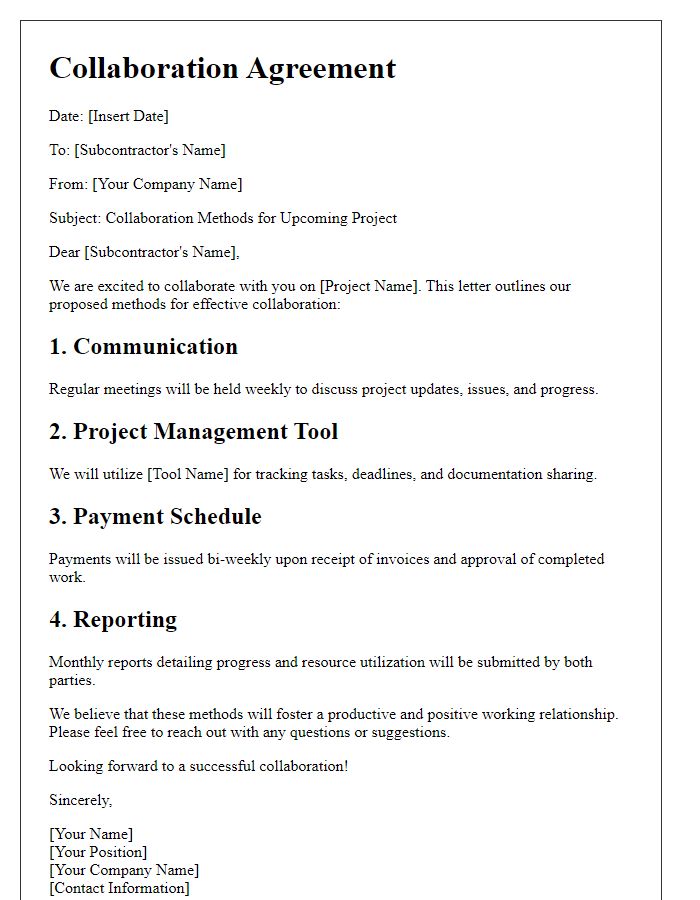


Comments